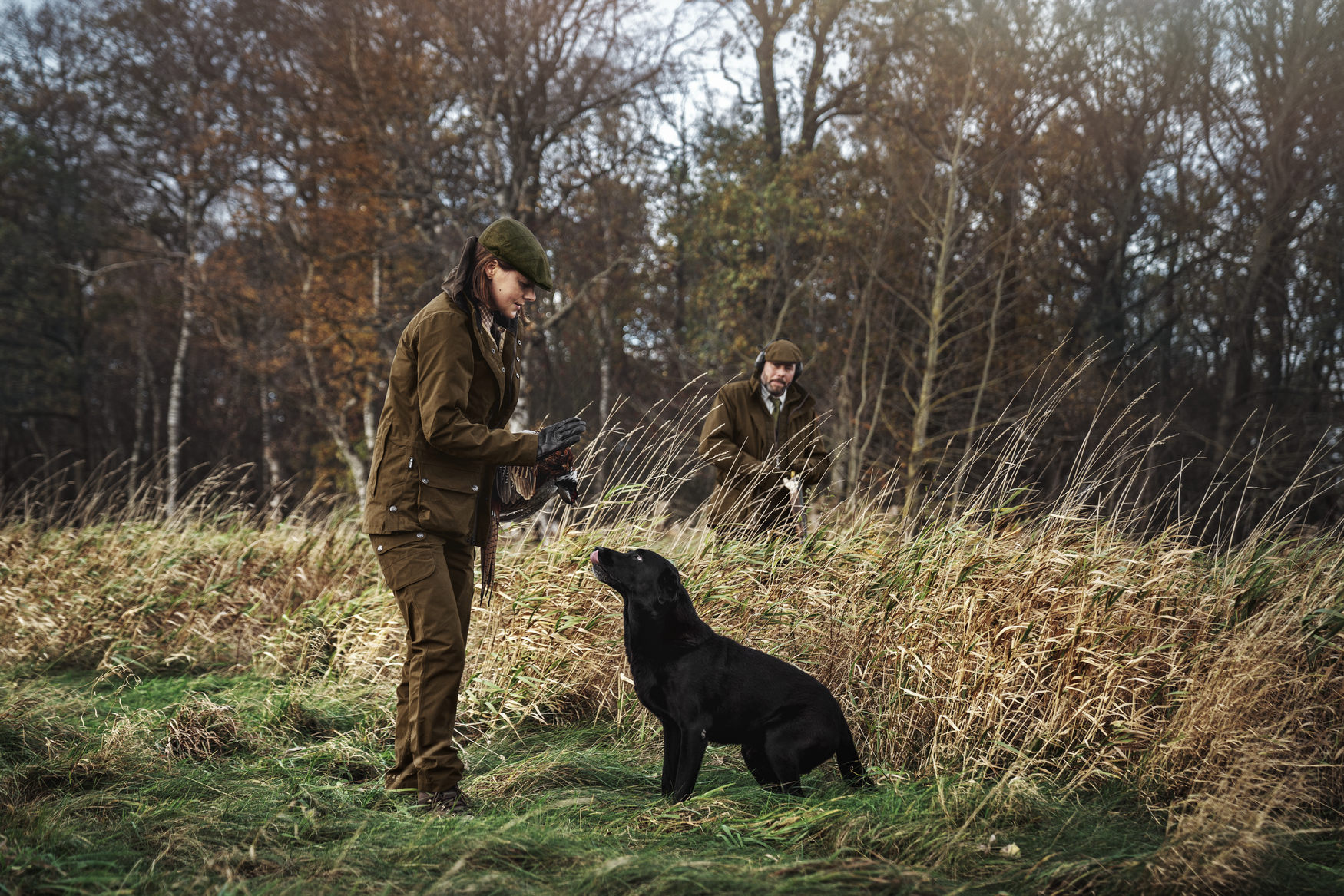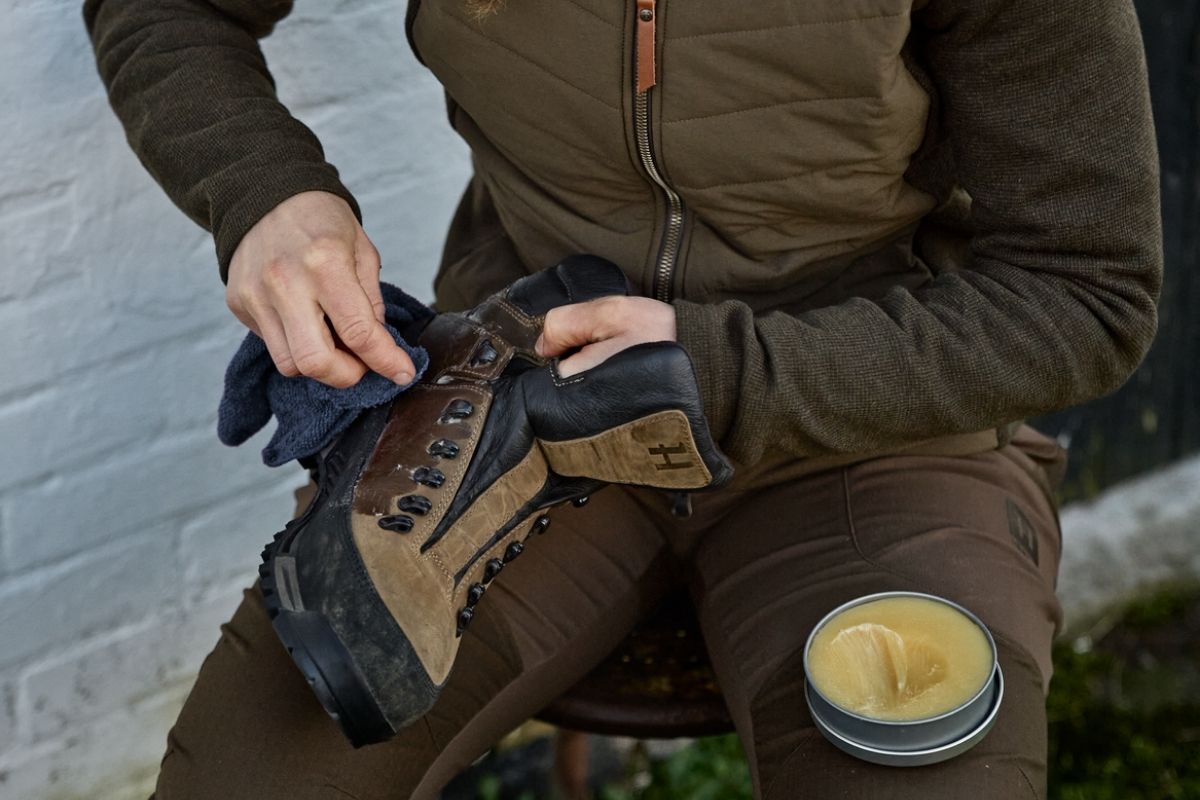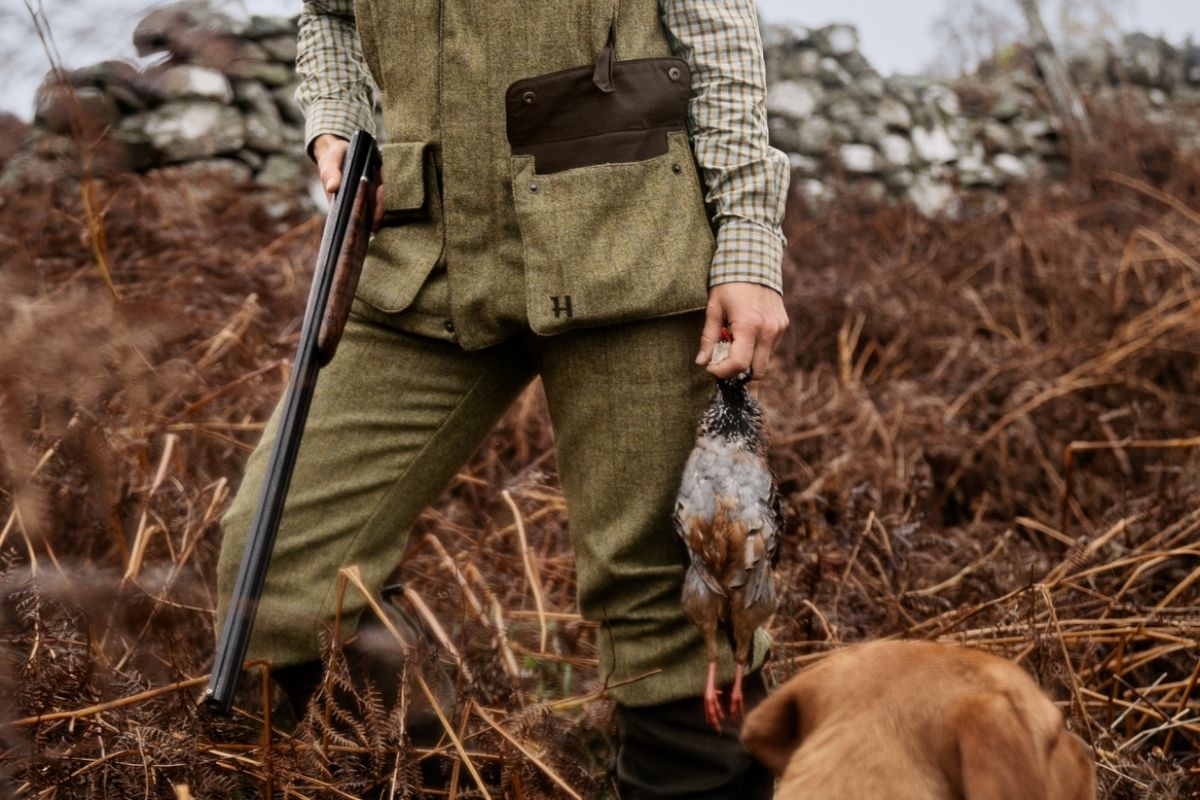
Dufttraining für Jagdhunde: So wird dein Hund zum verlässlichen Partner auf der Jagd
Ein Jagdhund mit fein abgestimmtem Geruchssinn ist ein echter Game-Changer im Revier. Dufttraining bedeutet weit mehr als reine Gehorsamsübungen. Es geht darum, die natürlichen Jagdinstinkte deines Hundes zu fördern, damit jedes Apportieren, jede Fährte und jedes Aufstöbern präziser und erfolgreicher wird.
Um effektiv zu trainieren, ist es entscheidend, die enorme Kraft des Geruchssinns eines Hundes zu verstehen und die Bedingungen, die diesen beeinflussen.
Die Wahrheit ist: Die volle Leistungsfähigkeit einer Hundenase lässt sich nur teilweise begreifen. Selbst erfahrene Hundeführer:innen werden immer wieder überrascht, wie komplex sich Witterung verhält und wie schnell sie selbst die besten Jagdhunde herausfordern und irritieren kann.

Wetterbedingungen sind wichtiger als du denkst
Die Fähigkeit deines Hundes, Witterung aufzunehmen, hängt stark vom Wetter ab. Mitunter erschweren Bedingungen die Arbeit, die auf den ersten Blick gar nicht so schlecht wirken. Ein plötzlicher Temperatursturz in Verbindung mit leichtem Nebel kann Geruchspartikel „flachdrücken“, sodass selbst erfahrene Hunde an gefallenem Wild vorbeilaufen.
Heiße, trockene Tage sind ebenfalls ungünstig: Hitze lässt Duftmoleküle schnell zerstreuen. Starker Regen hingegen wäscht Geruchspartikel aus, wodurch die Nachsuche schwieriger wird. Hundeführerinnen sollten die Wetterlage bei jedem Einsatz einschätzen und ihre Erwartungen anpassen, wenn der Hund Probleme hat, Wild zu finden.
Die Rolle der Windrichtung
Wind ist einer der wichtigsten Faktoren beim Dufttraining. Führst du deinen Hund gegen den Wind, trägt dieser die Witterung zum Hund und erleichtert das Auffinden. Doch Luftströmungen sind selten linear. Hindernisse wie Bäume oder Büsche verursachen Verwirbelungen, die Duftspuren zerstreuen können.
Ein Beispiel: Fällt ein Stück Wild neben einem Baum, während der Wind von links nach rechts weht, scheint die Spur vorhersehbar. In Wahrheit können Luftwirbel den Geruch in verschiedene Richtungen tragen und eine einfache Suche deutlich erschweren.

Die „Heiße Spur“ verstehen
Erfahrene Hunde unterscheiden zwischen frischer Bodenwitterung von gesundem Wild und der Spur eines beschossenen Stücks. Ein verendeter Vogel verströmt Blutgeruch und Rückstände von Schießpulver. Ein angeschossenes Tier dagegen sendet zusätzlich Stresshormone wie Adrenalin aus, was häufig dazu führt, dass der Hund sein Tempo erhöht, wenn er einem flüchtenden Stück folgt.
Gut ausgebildete Jagdhunde apportieren Wild instinktiv, anstatt es zu schädigen - ein Verhalten, das ihre Arbeit bis heute so einzigartig macht.

Gibt es perfekte Witterungsbedingungen?
Die „ideale“ Duftlage ist schwer zu definieren, da viele Faktoren eine Rolle spielen. Eine häufige Beobachtung: An warmen Morgenstunden mit taufeuchtem Gras heben Hunde wie Labradore oder Spaniels den Kopf leicht an. Der Grund: Mit der aufsteigenden Wärme lösen sich Feuchtigkeit und Duftmoleküle vom Boden, sodass der Hund die Spur einige Zentimeter über der Oberfläche besser aufnehmen kann.
HPR-Rassen, Setter und Pointer arbeiten ohnehin oft mit hoher Nase und nutzen Luftwitterung stärker als Bodenwitterung - passen ihre Technik aber je nach Situation flexibel an.

Training ohne lebendes Wild
Nicht jede Jägerin hat regelmäßig Zugang zu dem passenden Trainingsgelände. Mit ein paar Tricks lässt sich realistisches Dufttraining dennoch gut simulieren:
-
Mit Dummy-Launcher oder Startpistole über einem Stück Wild einen Schuss abgeben.
-
Das Stück an einer Leine über den Boden ziehen, während der Hund außer Sicht ist.
-
Am Startpunkt das Stück im Kreis reiben („Fallbereich“), dann die Spur gerade weiterziehen.
Mit fortschreitendem Training können Spuren verlängert, gekrümmt und an unterschiedliche Windverhältnisse angepasst werden, so trainierst du die Fähigkeit deines Hundes, Probleme zu lösen.

Künstliche Duftspuren mit einfachen Mitteln
Auch ein Fell-Tennisball eignet sich hervorragend fürs Training. Über feuchtes Gras gerollt, hinterlässt er eine klare Spur, die der Hund verfolgen kann. Verdecke ihm vorher die Augen, damit er sich nur auf seine Nase verlässt.
Wird der Hund sicherer, kannst du die Übung steigern: Rolle den Ball ins dichtere Gelände, variiere Winkel oder trainiere bei wechselnder Windrichtung. So verbessert dein Hund nicht nur seine Nasenarbeit, sondern auch seine Anpassungsfähigkeit im Feld.


